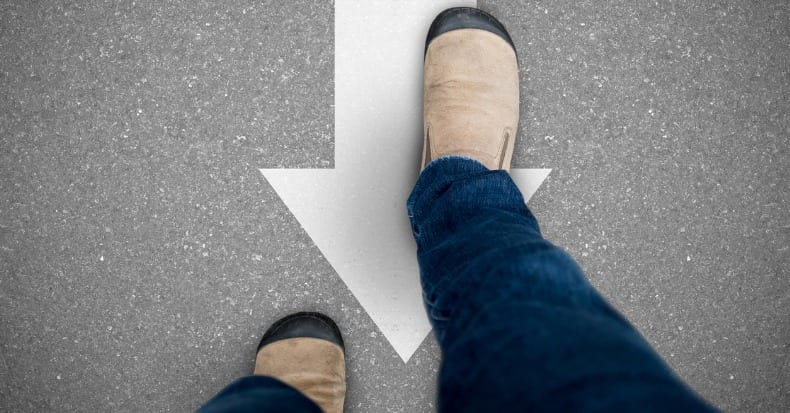Kinesiophobia, the fear of movement, is a common occurrence for patients with chronic low back pain (cLBP). Unfortunately, self-restricting one’s daily physical activity can result in muscle weakness and atrophy. This can lead to further inactivity and more muscle weakness, and subsequently, poor tolerance of normal activities of daily living, work absenteeism, and depression. When the muscles around the low back or lumbar spine become atrophied and weak, the risk for acute flair-ups of low back pain (LBP) increases, leading to more dysfunction and distress.
Studies have reported that when comparing the muscles in the front of the lumbar spine (the “flexors”) to those behind the spine (the “extensors”) in individuals with cLBP, greater amounts of atrophy and weakness occur to the extensors. The lumbar multifidus (MF) muscles are crucial for maintaining stability of the lumbar spine, while the erector spinae (ES) superficial extensor muscles are known as “global stabilizers”, which are designed to produce gross movements and to counterbalance when lifting external loads.
When treating patients with cLBP, doctors of chiropractic commonly prescribe rehabilitation/exercise programs to improve motor control, muscle strengthening, stretching, and aerobic capacity. One such exercise that may be recommended is walking backward. Compared with walking forward, studies have shown that walking backward can lead to better results with respect to cardiovascular fitness and MF muscle activation (which as noted previously, are often weaker in cLBP patients).
Additionally, walking backward works the lower limb muscles to a greater degree while reducing stress on the patellofemoral joint (the kneecap). This is important, as knee pain can commonly co-occur with low back pain, especially in patients who are overweight/obese. Walking backward also stretches the hamstrings, which are often short/tight in cLBP patients.
So not only can walking backward benefit patients who already have back pain, but adding this activity to your exercise regimen may also reduce the risk for low back pain in the first place!



